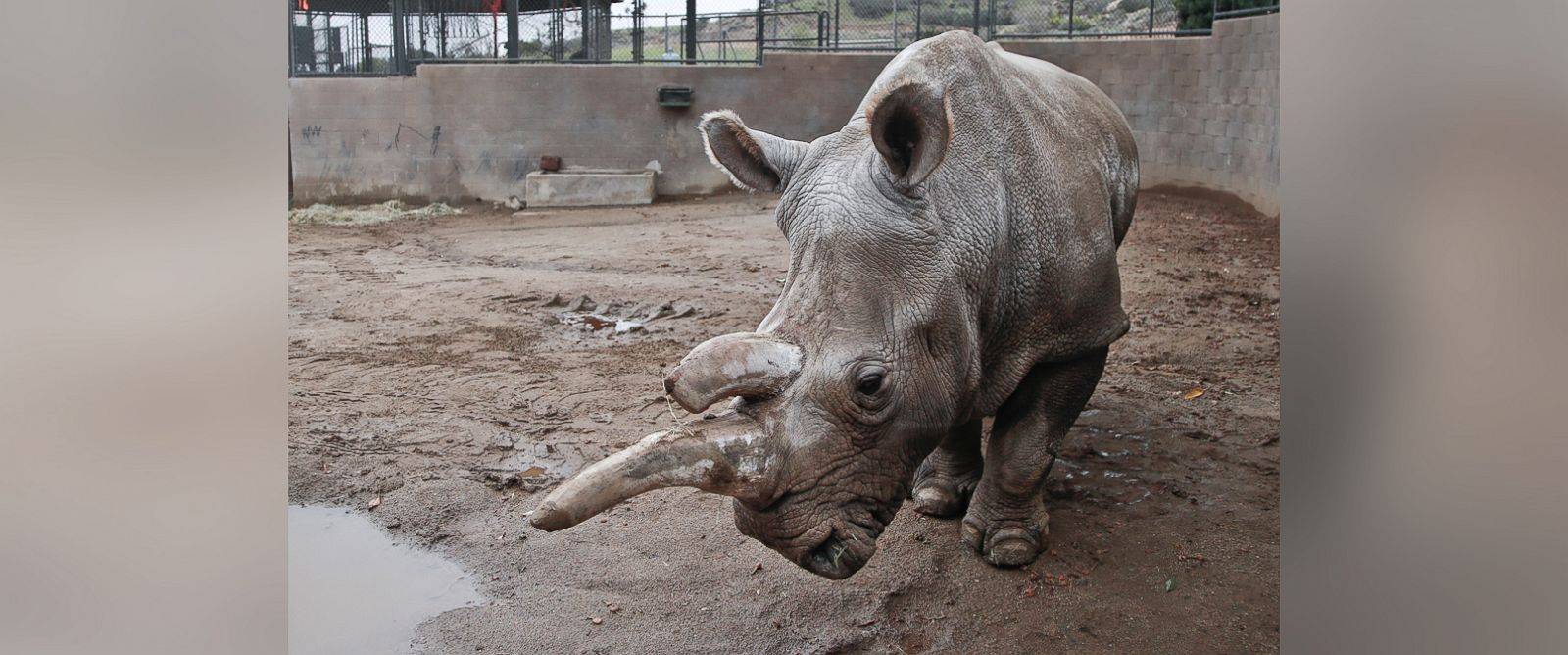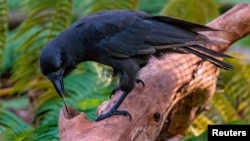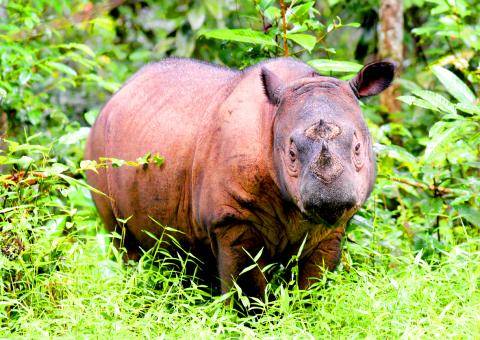- Thread starter
- #21
Great apes bein' lost to illegal wildlife trade...

Chimps, gorillas, other apes being lost to trade
Mar 26,`13 -- The multibillion-dollar trade in illegal wildlife - clandestine trafficking that has driven iconic creatures like the tiger to near-extinction - is also threatening the survival of great apes, a new U.N. report says.
Chimps, gorillas, other apes being lost to trade
Mar 26,`13 -- The multibillion-dollar trade in illegal wildlife - clandestine trafficking that has driven iconic creatures like the tiger to near-extinction - is also threatening the survival of great apes, a new U.N. report says.
Endangered chimpanzees, orangutans, gorillas and bonobos are disappearing from the wild in frightening numbers, as private owners pay top dollar for exotic pets, while disreputable zoos, amusement parks and traveling circuses clamor for smuggled primates to entertain audiences. More than 22,000 great apes are estimated to have been traded illegally over a seven-year period ending in 2011. That's about 3,000 a year; more than half are chimpanzees, the U.N. report said. "These great apes make up an important part of our natural heritage. But as with all things of value, great apes are used by man for commercial profit and the illegal trafficking of the species constitutes a serious threat to their existence," Henri Djombo, a government minister from the Republic of Congo, was quoted as saying.
The U.N. report paints a dire picture of the fight to protect vulnerable and dwindling flora and fauna from organized criminal networks that often have the upper hand. Apes are hunted in their own habitats, which are concentrated in central and western Africa, by sophisticated smugglers who transport them on private cargo planes using small airstrips in the African bush. Their destination is usually the Middle East and Asia. In countries like Saudi Arabia, United Arab Emirates and Lebanon, great apes are purchased to display as show pieces in private gardens and menageries. In Asia, the animals are typically destined for public zoos and amusement parks. China is a main destination for gorillas and chimpanzees. Thailand and Cambodia have recorded cases of orangutans being used for entertainment in "clumsy boxing matches," the report said.

An infant Bonobo looks on while the substitute mothers Marthe Mianda, left, and Michelline Mzozi, right, spend time with baby Bonobos at the Lola Ya Bonobo Sanctuary around fifty kilometers outside of Kinshasa, Democratic Republic of Congo. Endangered chimpanzees, orangutans, gorillas and bonobos are disappearing from the wild in frightening numbers, as private owners pay top dollar for exotic pets, while disreputable zoos, amusement parks and traveling circuses clamor for smuggled primates to entertain audiences.
Lax enforcement and corruption make it easy to smuggle the animals through African cities like Nairobi, Kenya, and Khartoum, Sudan, which are trafficking hubs. Bangkok, the Thai capital, is a major hub for the orangutan trade. Conditions are usually brutal. In February 2005, customs officials at the Nairobi airport seized a large crate that had arrived from Egypt. The crate held six chimpanzees and four monkeys, stuffed into tiny compartments. The crate had been refused at the airport in Cairo, a well-known trafficking hub for shipment to the Middle East, and returned to Kenya. One chimp died of hunger and thirst.
The proliferation of logging and mining camps throughout Africa has also increased the demand for primate meat. Adults and juveniles are killed for consumption, and their orphans are captured to sell into the live trade. Villagers also pluck primates out of rural areas to sell in the cities. Humans also have been encroaching upon and destroying the primates' natural habitats, destroying their forest homes to build infrastructure and for other purposes. That forces the animals to move into greater proximity and conflict with people. Sometimes animals are even the victims of war.
MORE













